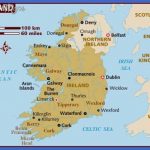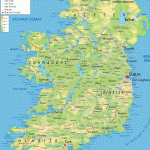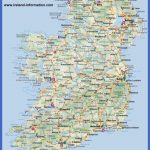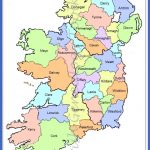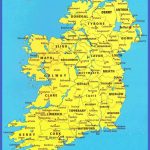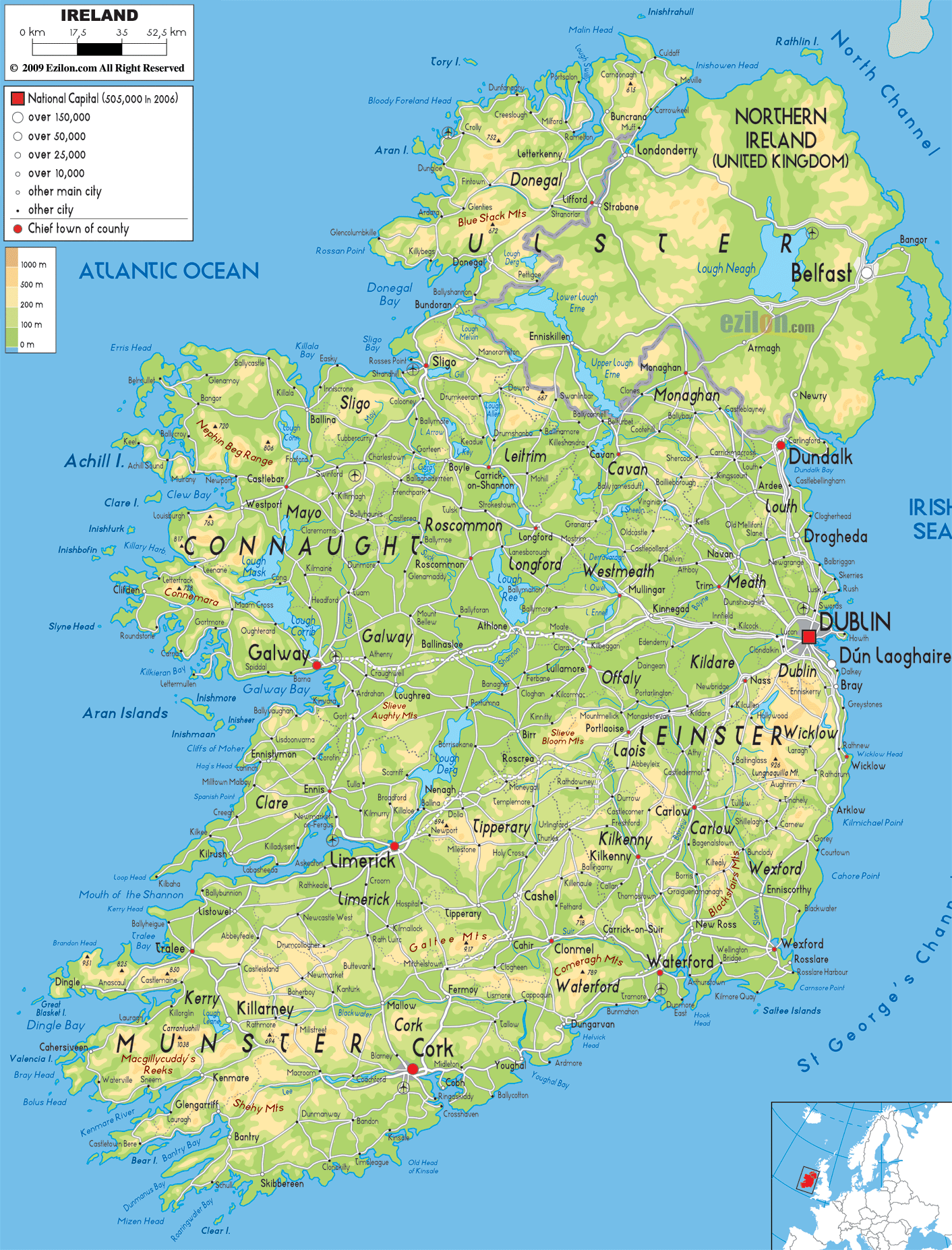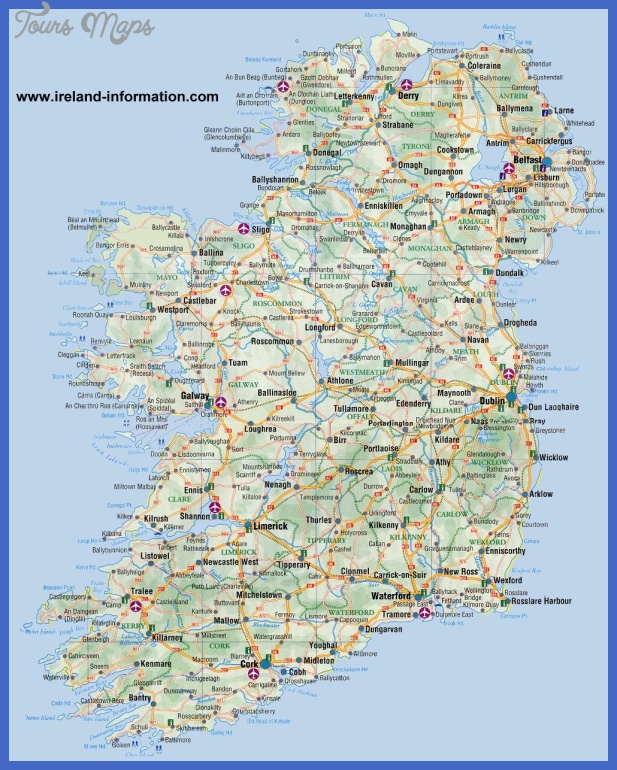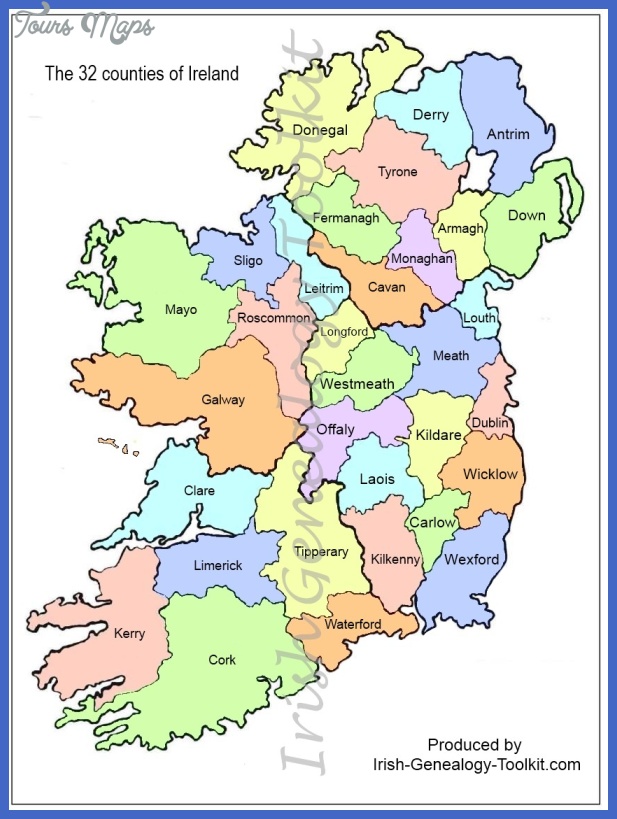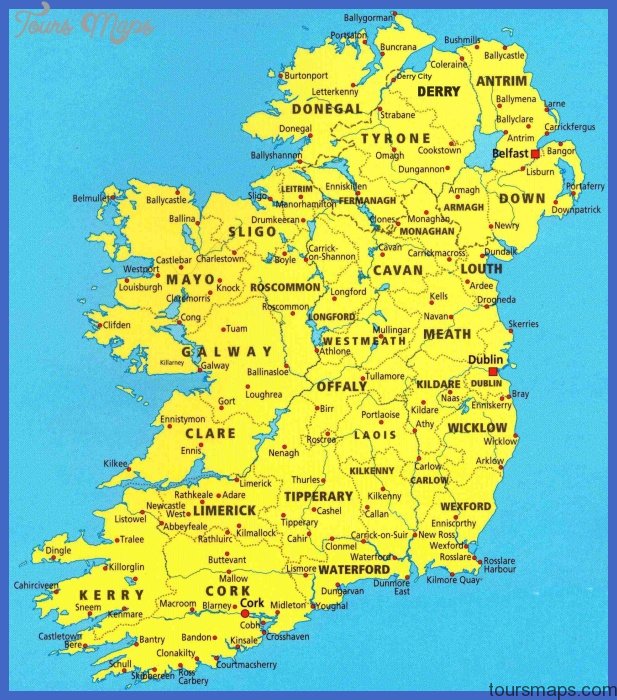Ireland’s largest city (pop. Greater Dublin 1 million, Dublin City 502,000), the capital of the Republic, is situated on the east coast of Ireland, bounded to the north by the Howth peninsula and to the south by the promontory of Dalkey and Killiney Hill. The ancient (and still official) Irish name for Dublin is Baile Atha Cliath, which translated means ‘The Town of The Ford of The Hurdles’. The name Dublin itself comes from the Irish Dubh Linn which means ‘Black Pool’, a reference to the original settlement near the confluence of the rivers Poddle and Liffey. Dublin celebrated the millennium, in 1988, of the foundation of its city by the Vikings. This first settlement was on the south bank of the Liffey near Fishamble Street in an area which is now known as Wood Quay: the Vikings built everything in wood and many fascinating archaeological finds have been made in the area.
James Joyce’s extraordinary’Finnegan’s Wake’ (the book which every Dubliner knows about but very few have read!) features the Liffey as one of its main ‘protagonists’ whom he names Anna Livia Plurabelle, thriving as a little girl at its source in the Wicklow Mountains and ending as the great Earth Mother surging into Dublin Bay and out into the Irish Sea. The Liffey divides Dublin into two parts, north and south or working-class and middle/upper middle class respectively. The inner city is rich in character and ought to be explored on foot. Christ Church Cathedral (founded in 1038) and St. Patrick’s Cathedral (founded in 1190, of which Jonathan Swift was Dean from 1713 to 1745) dominates the area known as ‘The Liberties’.
This was so named because it stood outside of the jurisdiction of the medieval town of Dublin. It is the glorious period of Georgian Dublin, however, that gives the city its unique architectural atmosphere enhanced by spacious Georgian streets, squares and fine public buildings, among them the Four Courts, the Custom House, the Mansion House, Kilmainham Hospital (now a cultural center), to name but a few. Dublin soon became known as the ‘second city of the British Empire’ – after London, of course. Trinity College, one of the most famous universities in Europe, was founded in 1591. Here one can view the incomparable BOOK OF KELLS, perhaps the most outstanding illuminated manuscript in the world. This Book was completed in the Golden Age.
Map of Ireland Photo Gallery
Maybe You Like Them Too
- Explore Southgate, Michigan with this detailed map
- Explore Les Accates, France with this Detailed Map
- Explore Góra Kalwaria, Poland with this detailed map
- Explore Gumdag, Turkmenistan with this detailed map
- Explore Telfes im Stubai, Austria with this detailed map

